What is Alopecia?
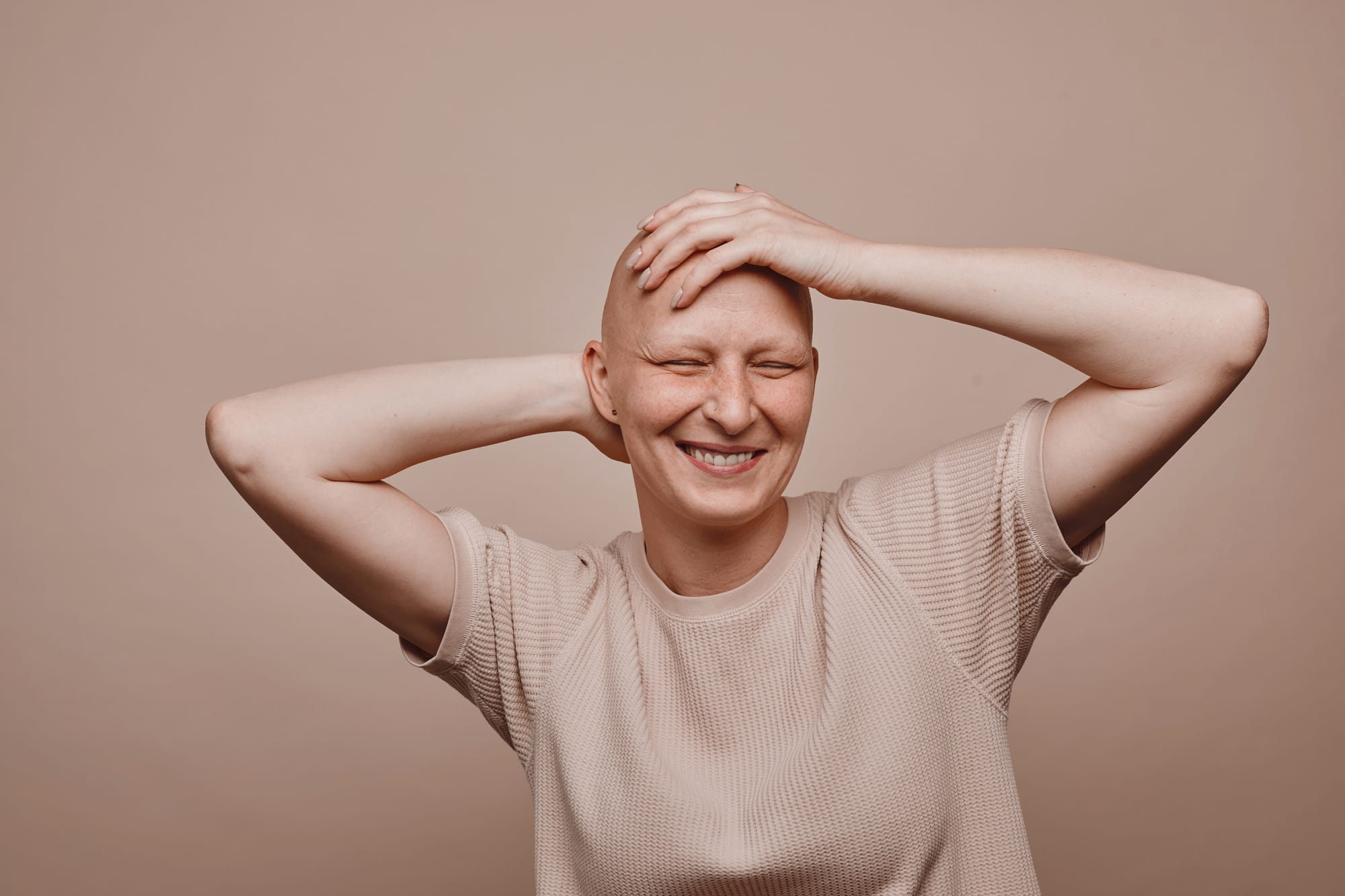
The word Alopecia as actually a general term for any type of hair loss.
Alopecia has many types, subtypes and causes. In this article I will break down some of types of differing Alopecia’s that people experience.
Androgentic Alopecia - This is term used for Male & Female pattern hair loss. Many people are familiar with Male genetic hair loss characterised by crown thinning and temporal recession potentially leading to the classic horseshoe balding effect in males. But females can also suffer, with a general overall thinning effect particularly noticed by a widening of the parting and temporal recession and loss of ponytail volume. Androgentic Alopecia is caused by hormonal circulating androgens in genetics predisposed people. See other articles for more information.
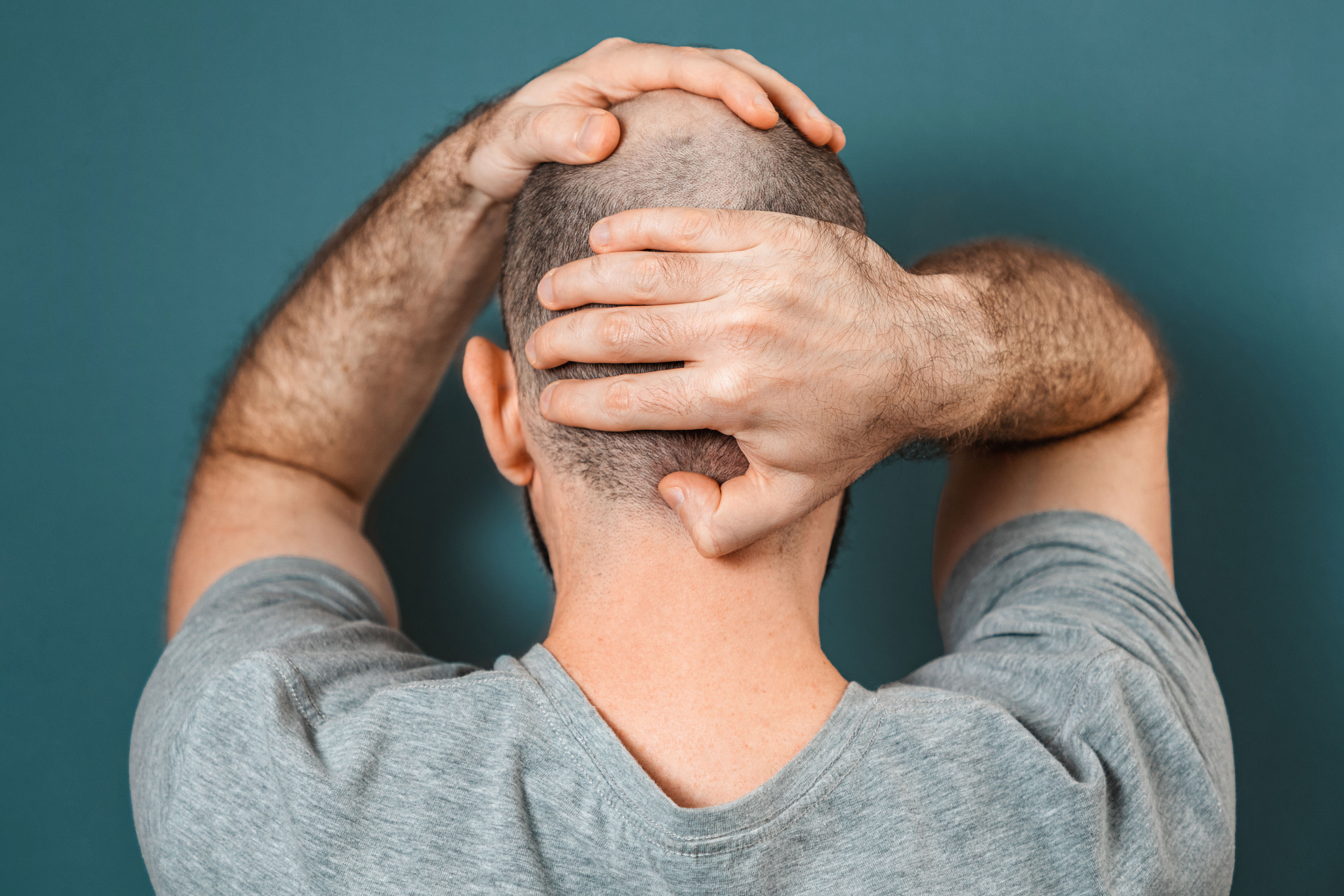
Alopecia Areata - Hair loss typical on seen as circular, smooth patches of hair loss. This type of loss is an autoimmune phenomenon leading to anagen (growth) inhibition. Treatments are usually steroid, anti inflammatory based and many patches recover on their own, but some do not or increase in size. In more severe cases new therapies such as JAK inhibitors are proving successful.
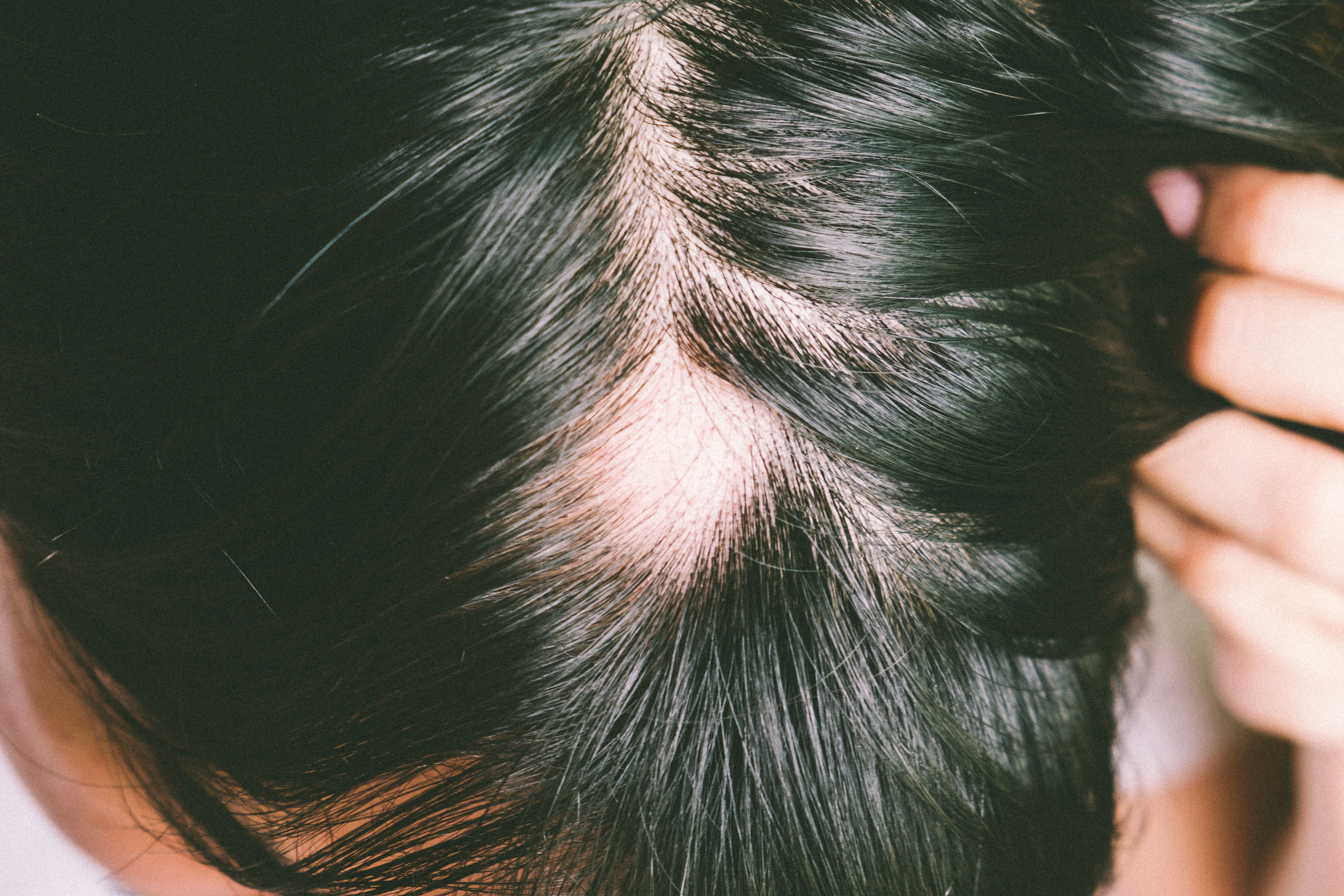
Alopecia areata refers to the patches of loss on the scalp but can also be seen in as patches in beard growth.
There are more subtypes including:
Alopecia Totalis - Complete loss of hair on the head and face.
Alopecia universalis - complete hair loss all over the body.
Alopecia areata incognita - diffuse alopecia characterised by acute shedding leading to thinning of whole scalp.
Alopecia Ophiasis - A rare subtype affecting the circumference of the scalp in a wave like pattern.
Telogen Effluvium - Refers to excess shedding which can be acute or chronic, and brought on by many factors including stress, nutritional deficiencies, bad hair care practices, certain medications, illnesses and more. It is when too many hairs enter the resting stage in the hairs growth cycle together and in chronic conditions the growth phase is shortened.
Scalp care is most important when suffering with any type of hair loss and can be very beneficial.
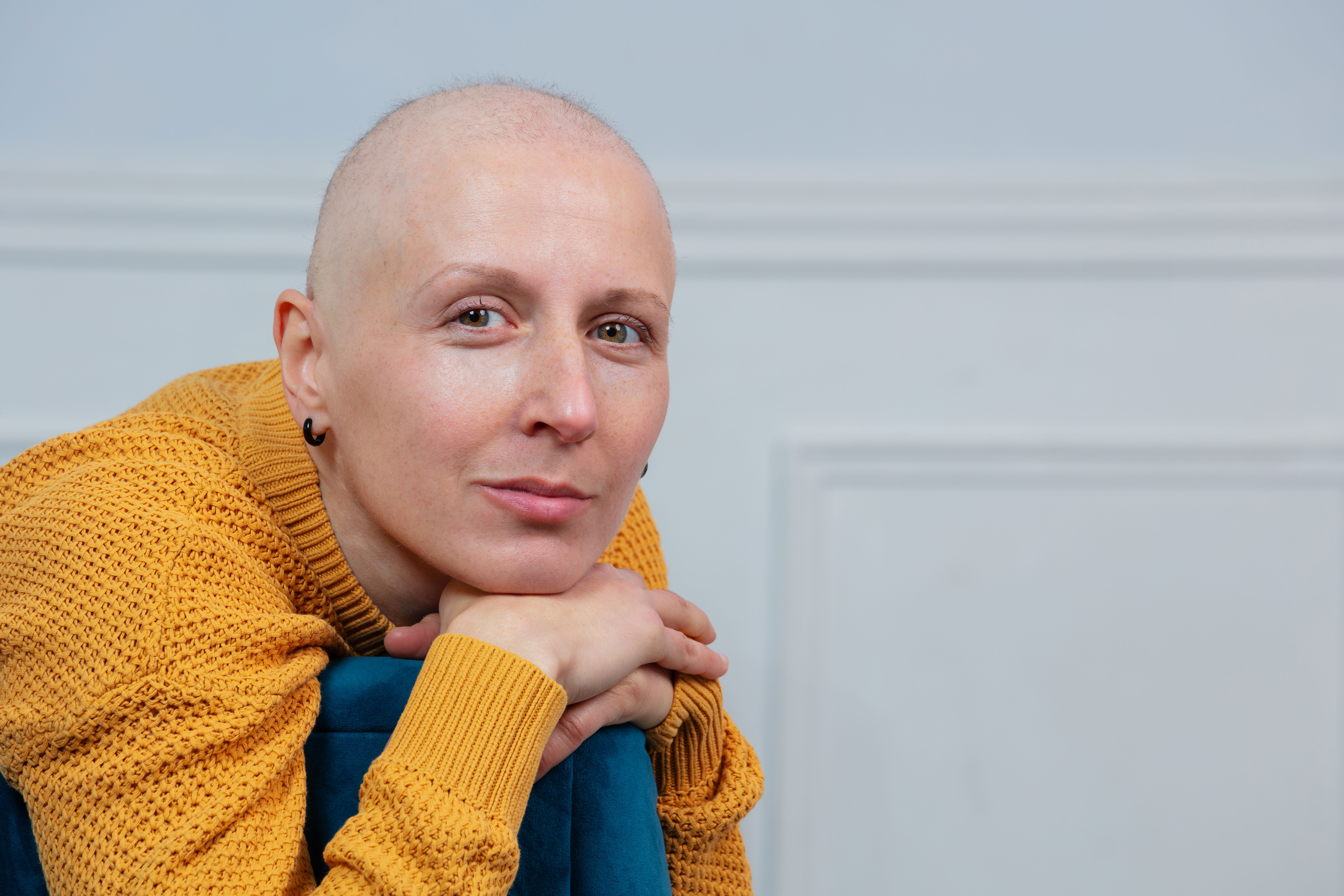
These are all classed as non-cicatricial alopecias as the potential for hair to regrow remains while the stem cells are intact, although it must be noted that longer it goes on and the more severe the hair loss is the chances of spontaneous regrowth are diminished. Nutrition and lifestyle can also play a huge role in recovery, stress is a known factor in the development of these alopecia types and links to certain medical conditions may also play a part.
Cicatricial Alopecias - Refers to a group of scarring hair loss conditions where the hair follicles are destroyed and replaced with fibrosis (scarring). In these conditions there is not any chance of regrowth as the stem cells responsible for growth are destroyed.
The main types are:
Lichen Planopilaris - Patchy areas of hairloss, may be accompanied by itching/burning sensations or general scalp discomfort. Lymphocytic infiltrate destroys follicles.
Frontal Fibrosing Alopecia - Considered a type of LPP that affects primarily the front hairline causing recessive loss in a band like pattern, eyebrow involvement may occur, and some subtypes can involve loss at the back of the head.
Central Centrifugal Cicatricial Alopecia - Hairloss begins in the central scalp and spreads outward, it predominantly affects women of african descent although can occur in males and other ethnic groups. Can also have scalp pain and tenderness involvement.
Folliculitus Decalvans - Neutrophil inflammation causing scarring hair loss, may present with pustules and scalp pain/itching/burning.
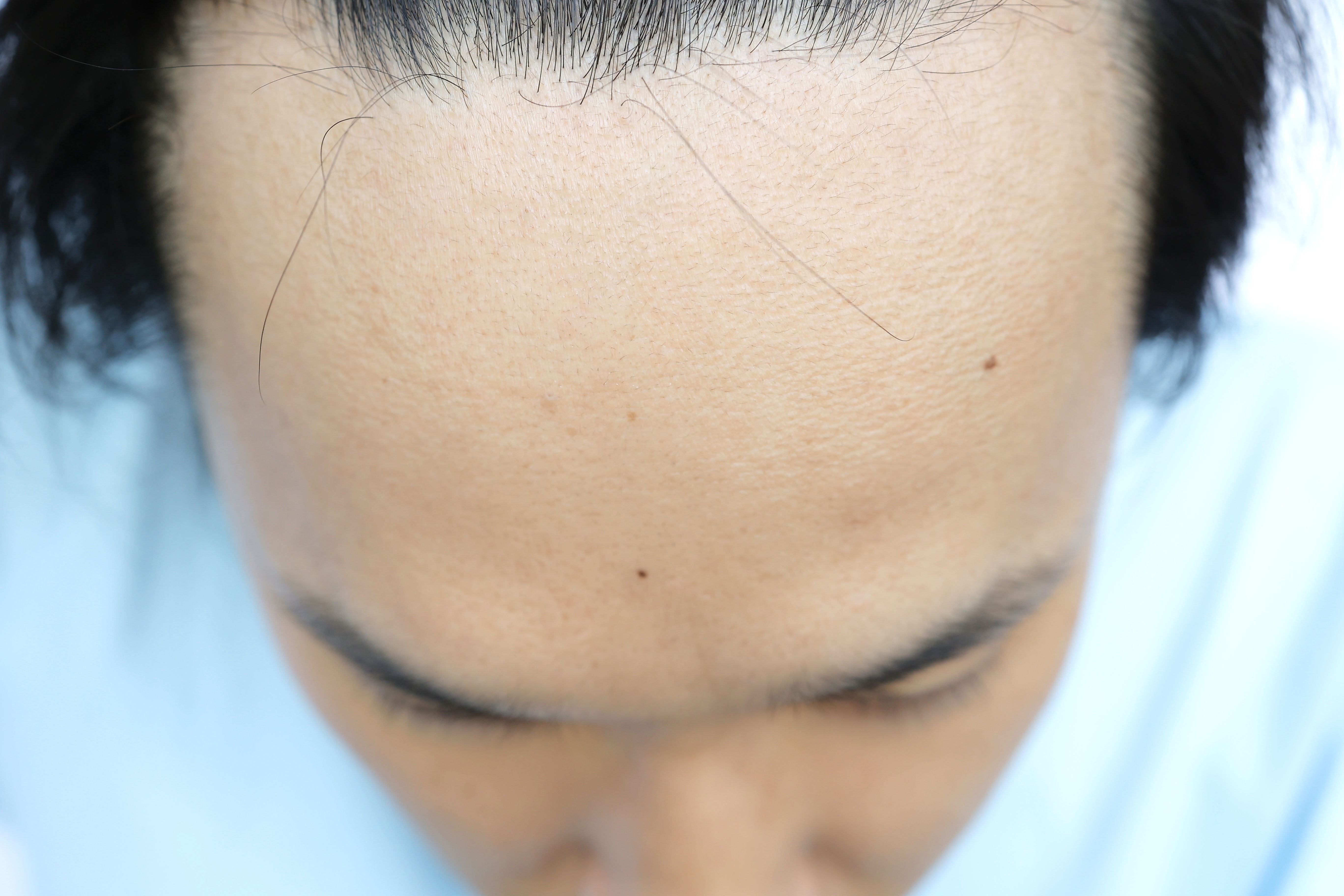
Cicatricial alopecia’s need early intervention to prevent progression and many medications involve antibiotics, immunotherapy drugs and corticosteroids.
There are also many conditions affecting the skin on the scalp that can result in hairloss if not identified and treated early, some of these are non scarring but some can lead to scarring if not dealt with.
Traction Alopecia & Trichotillomania - Hairloss caused by repeatedly pulling the hair, traction caused by harsh styling and constant tension of the follicles can be reversed when stopped early but repeated tension on the same areas can lead to death of the follicle. Styling practices or certain styles may need to stop being worn to allow for recovery.
Trichotillomania refers to the action of continual habitual pulling or twisting of the hair resulting in permanent hair loss. This often requires the breaking of habits or stressors and may need supporting with CBT therapy to reduce symptoms .
Whatever type of hair loss your experiencing it’s important to receive the correct hypothesis and appropriate treatment, whether this is dermatology referrals or support from your Trichologist with nutrition, product and scalp health and treatment advice or just someone to listen to how managing hair loss affects you. There are many products online and once you start searching you can be bombarded with misinformation and selling platforms, to make correct and informed choices always seek a professionals advice and recommendations.